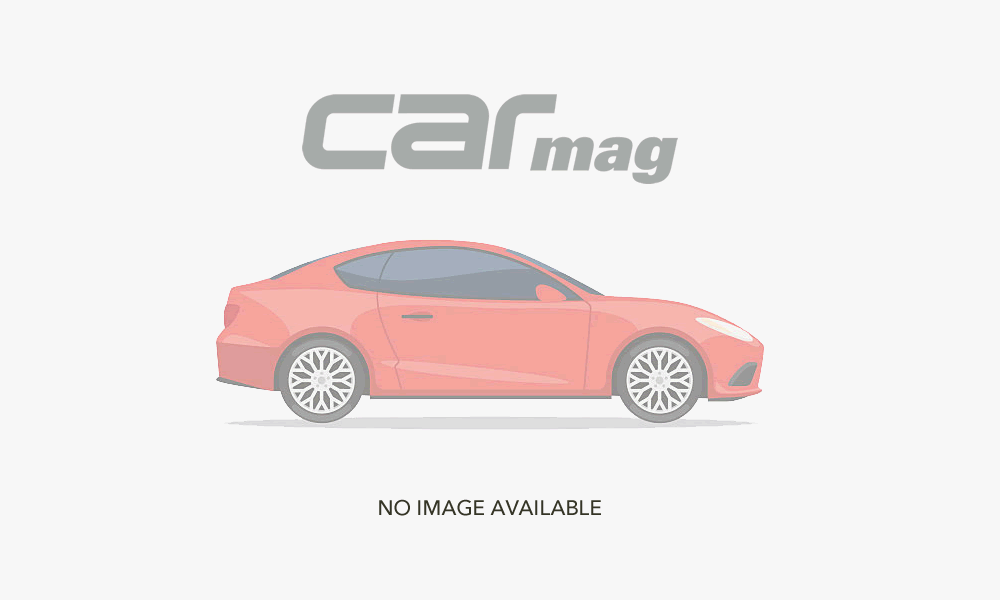All motor manufacturers have been under the environmental whip to produce more efficient cars and to clean up production processes. At the forefront of this movement is the BMW Group. For the sixth successive year, the German automaker was named the most sustainable automobile manufacturer in the world by the Dow Jones Sustainability Index in 2010.
EfficientDynamics is the umbrella term that BMW uses to cover all aspects of its drive for sustainability, in all facets of the automobile, while still preserving individual mobility. Key to this is reducing fuel consumption and emissions of all its products. From 1997 to 2010, BMW has reduced the average CO2 emissions of its fleet by 30 per cent, to 148 g/km.
At a recent presentation, BMW outlined further measures that it it is currently introducing and others that it will implement in the not too distant future. BMW has earmarked key areas in which major improvements and savings can me made; these are improving internal combustion engines, further development of BMW ActiveHybrid Technology, electric mobility, lightweight construction and design and improved aerodynamics. The long-term goal is, however, zero emissions and to this end BMW have been exploring the option of long-term use of renewably generated hydrogen as an energy source.
The development of a new family of engines has been undertaken. The EfficientDynamics family of engines is based on a modular design concept. This new family of three-, four- and six-cylinder engines will be employed in as many vehicles as possible. This set of engines use a standardised set of design principles in terms of construction and a large number of common components for both petrol and diesel engines. A single cylinder with BMW’s Twin Power system – direct injection and turbocharging – is said to deliver 40 kW. Engine configurations will be decided based upon on the type of vehicle and its application.
Not only are the engines similar in design but the mounting interface in each case is also similar, regardles of transverse or longitudinal installation (see attached video). BMW plans to invest 300 million euros at its own facilities in Munich and at Steyr in Austria by 2012.
An anticipatory automatic transmission is also on the cards. To make for smoother, more efficient travelling, BMW’s eight-speed transmission will be able to adapt to current driving situations and select the appropriate gear accordingly. Using inputs from the navigation system, as well as networking with other cars, the transmission will provide comfort, reduce fuel consumption and in certain circumtances will provide a more dynamic aspect to the driving experience.
Electrification of the motorcar is something that we are all familiar with and BMW realises the need for further development of hybrid technology and electric-drive systems. In this regard, BMW is applying its expertise to high-voltage power storage for longer usable ranges, carefully controlled power electronics and high-voltage drive systems that are tailored to the requirements of specific models.
BMW is no stranger to lightweight construction. Over the years, there have been several models that have used aluminium in construction. Of late, we have even seen carbon fibre in production models such as the high-performance M6 and M3 models. Weight optimisation takes place in all areas of vehicle development – in body construction, in engine production, in chassis technology and even in the design of the interior. BMW is also keen to pay particular attention to any area that helps improve dynamics and performance, as such engineers concentrate on reducing unsprung and rotating masses.
While some of the technologies and advances are still a few years away, or require further development, BMW is constantly introducing EfficientDynamics measures in one form or another to its new models as they are released. Expect the all-new 1 and 3 Series models to be chock full of innovations that help reduce emissions.













